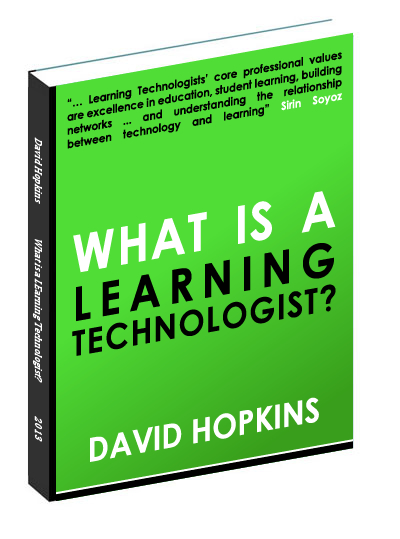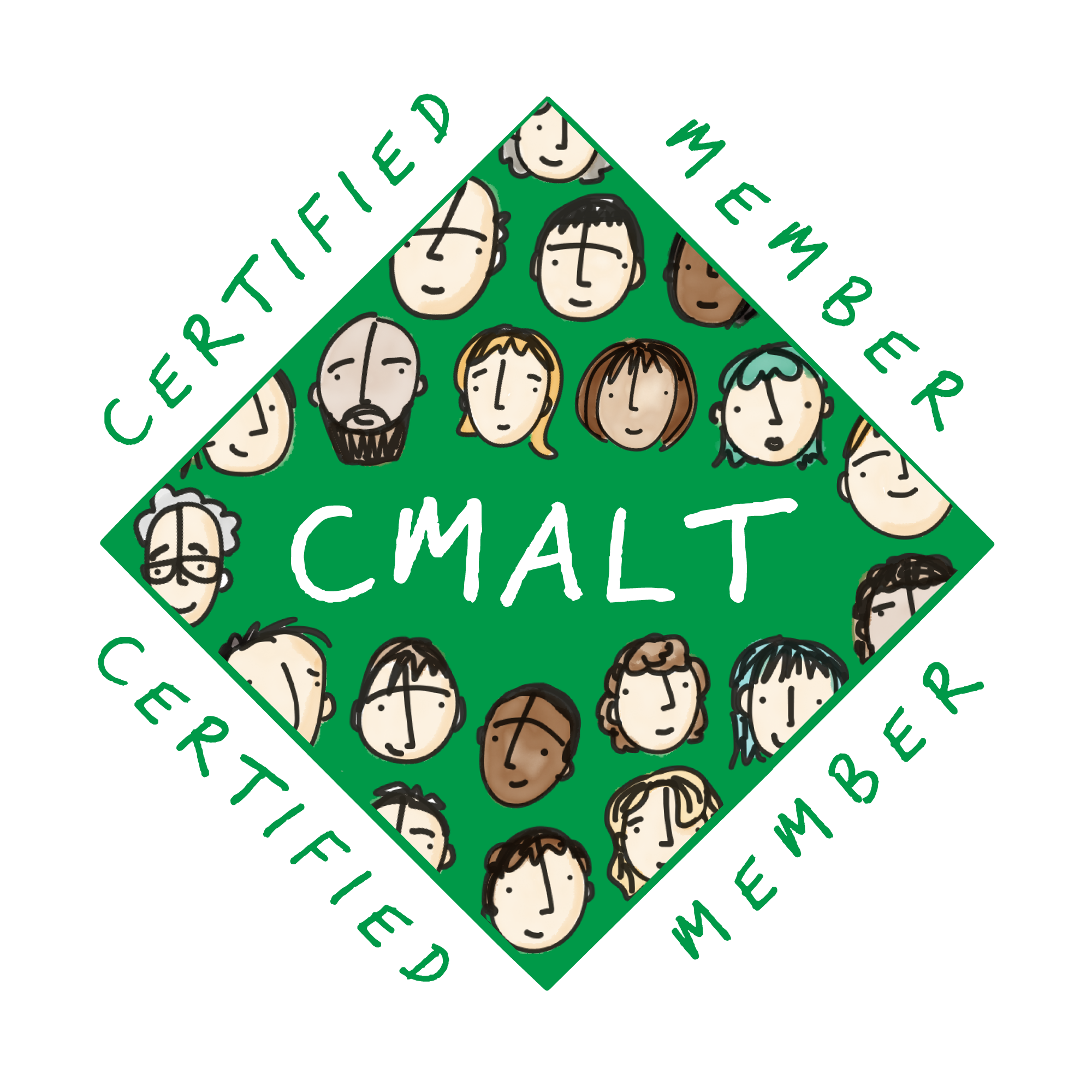Harness the power of video and increase student engagement
Earlier this year I was invited to contribute to a guide for teachers on the flipped classroom, concentrating on the inclusion, or rather availability, of video to increase student engagement (flipped classroom or not).
This is what I wrote:
“Believe it or not YouTube has only just turned 10 years old. Yes, that’s right. So much has changed in that time that it’s often easy to forget just what the rate of change has been. Video has always been something that could be used in classrooms or for teaching and learning, but it was often a bulky CRT television on a trolley, with a VHS player and a multitude of knotted cables that the teacher could never unravel to get it near the wall socket. Therefore, in my experience, my teachers often gave up and tried something else instead. Not only was the actual technology / hardware itself difficult to use, the materials we were shown would be old programmes, not always relevant or interesting, and more often than not of poor quality that only a few in the class would be able to see and hear it properly.
Now fast forward to today and look at what you have. We have access to hours of genuine, original television programmes to choose from. The quality of both the video and content is as good as it’s ever going to get (even the self-produced materials), and the opportunities to create and share our own material has never been easier. With personal computing and audio/video equipment as cheap as it is, and with the growth of mobile computing still climbing, there really isn’t any excuse for a teacher to not find something to use in their classroom.
If you needed convincing, how about these examples? What if you wanted to show, instead of explain, how truncated spurs are created over millions of years by water or glacial erosion? What if your students can’t contemplate the distances involved when dealing with the planets in our solar system, or beyond? What about trying to help a student who’s struggling to understand a complex mathematical theory, such as the Brouwer’s Fixed-Point Theorem?
This is the power of video as part of a teaching and learning programme. For me there really is no reason to not include video in your teaching materials. Sometimes it’s serious, sometimes it’s to introduce complicated or difficult concepts, other times it could be to relieve stress or boredom.
Whatever, there is a reason, you just need to find it!”
Download the PDF guide and read from myself and other leading educators on flipped classrooms and other techniques for enhancing student engagement in the ‘Teacher’s Practical Guide to the Flipped Classroom’ below.



















No doubt videos affect the knowledge retention. It was proven in many researches that that they come in handy while memorizing or explaining a complexed issue. I believe the crucial video’s features are being proper (covering the subject and picturing it in a straight way) and being short (about 10 minutes).
I’ve recently come across a piece of software called Zaption that can add interactive elements to a video. According to the people that have viewed a video that I altered using Zaption, it held their interest and made them think more deeply about the video. Great for the classroom, except for copyright issues. The video in question from TedX uses a Creative Commons non-derivative, non-commercial license. Accordingly, adding the interactive elements (a window that opens to the right of the a slightly compressed version of the video (size wise)) would violate the CC license. As well, CC takes no stand on the issue of whether or not something has become “commercial” if it is specifically being used in a classroom or online course, for educational purposes, where students are paying for credit. What do you think?